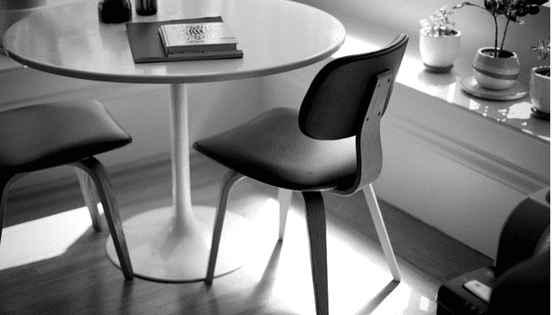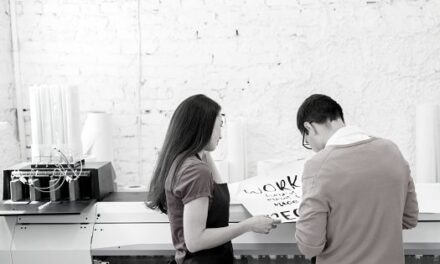There’s more than beanbags and pingpong tables required to building a productive office environment where everyone can do their best work. There is little debate that the ideal office environment is one that promotes the most productivity, but at the same time there’s also little insight into how exactly to achieve it.

From working with organisations of all shapes and sizes I know that great work cultures are a mix of introverts and extroverts. Great leaders know that different environments are required for each of those individuals to flourish.
Unfortunately, the reality is that most organisations only provide two kinds of environments, and seldomly do team members have a choice as to where exactly their work space is situated within the office. So it’s no wonder that many employees fail to produce their best work, and become unhappy at work.
Currently the most popular workplace trend for office culture involves open plan environments that encourage individuals to work together. Indeed, the 2015 Google Collaboration and Innovation Survey results show that surveyed organisations believed this is the number one opportunity to improve profitability.
An open-plan work environment as basically one in which there are no distinct rooms or fully enclosed spaces. Instead, workstations are positioned together — sometimes separated by short screens or panels — within one exposed floor plan.
Employees can be stationed in a smaller area, with a reduction in both the size and quantity of office furniture required. Businesses can save on equipment investment as communal spaces promote shared use of resources and stationary, such as printers, copiers and staplers.
However, the constant interaction can be both beneficial and distracting to different employees.
Some people have a marked preference for this work environment because they feel energised by the constant contact with their colleagues, and the ability to easily ask for information or advice, and share ideas. However, the noise, distraction and lack of privacy can really bother other people. And of course, constant distraction and interaction among the staff can affect the overall productivity for the business.
I believe that, just as various roles require different environments for professional purposes, employees have their own individual requirements.
Managers and senior leaders have always agreed that certain employees require a specific work space due to the nature of their work. For example, accountants, financial controllers and law professionals within a company require a private space in which sensitive information cannot be over-heard or inadvertently seen by others.
Through my experience, I have also discovered that, regardless of an employee’s professional role within an organisation, their personality type may require a specific environment in which they can really flourish, rather than being strangled.
The four types of working environments that are generally required within each business/office to suit various functions and personalities include:
- Quiet – These suit people who do their best work in silence or with significantly reduced distractions. Examples: private workstation or office, working remotely/virtually
- Private – A designated space to contain a discussion or small team meeting. Examples: Small meeting room, café, walking meetings
- Group – For occasions that require a number of people to come together for a meeting or workshop. Examples: larger meeting room with whiteboards, external spaces, virtual meeting rooms, video calls.
- Social – This space has many uses, such as for teams to share ideas, interact differently, or break up monotony between tasks. Examples: Cafes, room with bean bags, outdoor courtyard area.
An employee might use a number of different spaces to achieve the best result at various tasks throughout the day.
I always encourage Managers to seek feedback from employees themselves, rather than just making assumptions. We need to always bear in mind that everyone has a different personality and different preferences. One person may prefer to type up a report in a Quiet Zone, whereas his colleague may choose to complete the exact same task in a Social Zone.



















